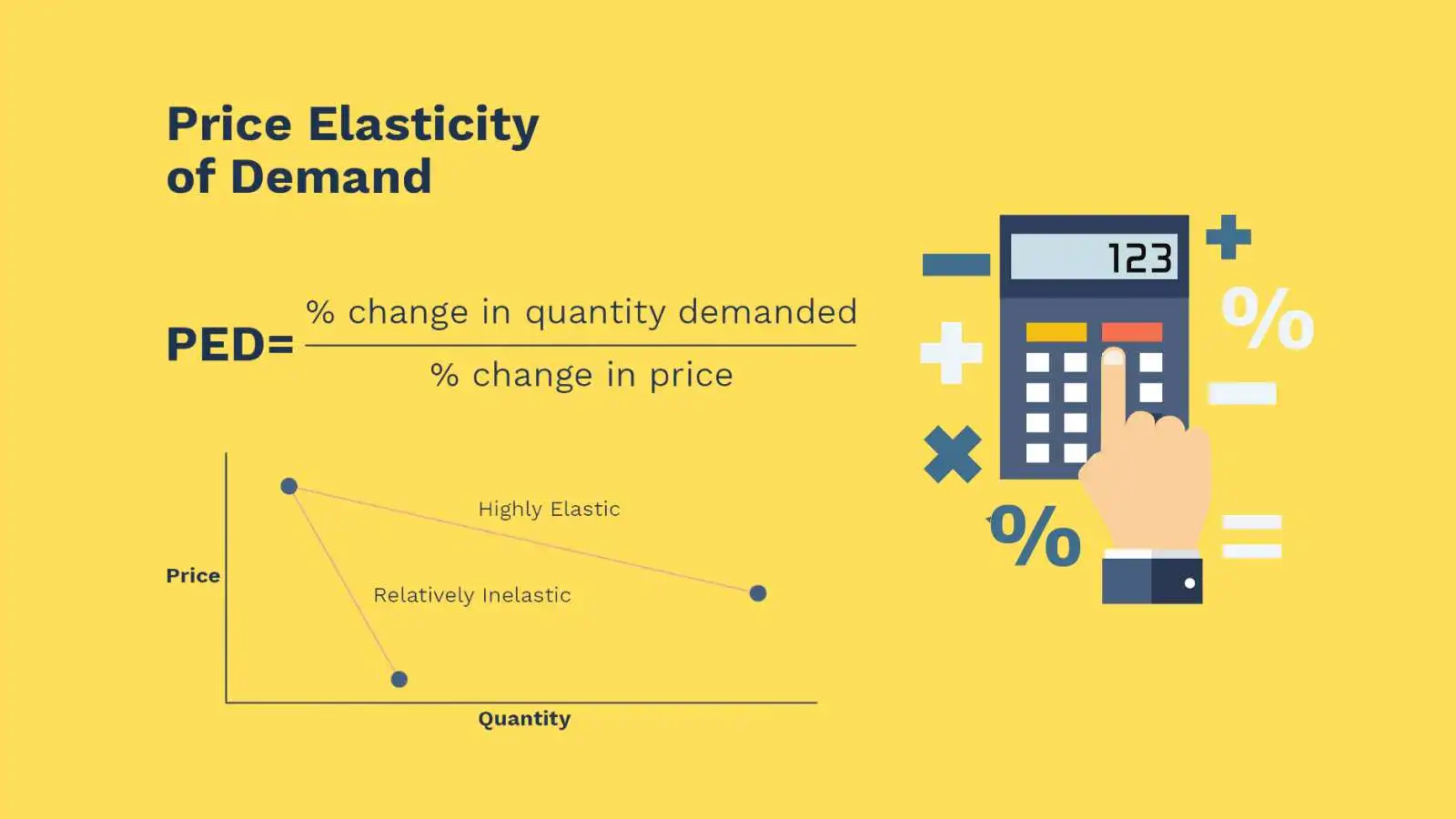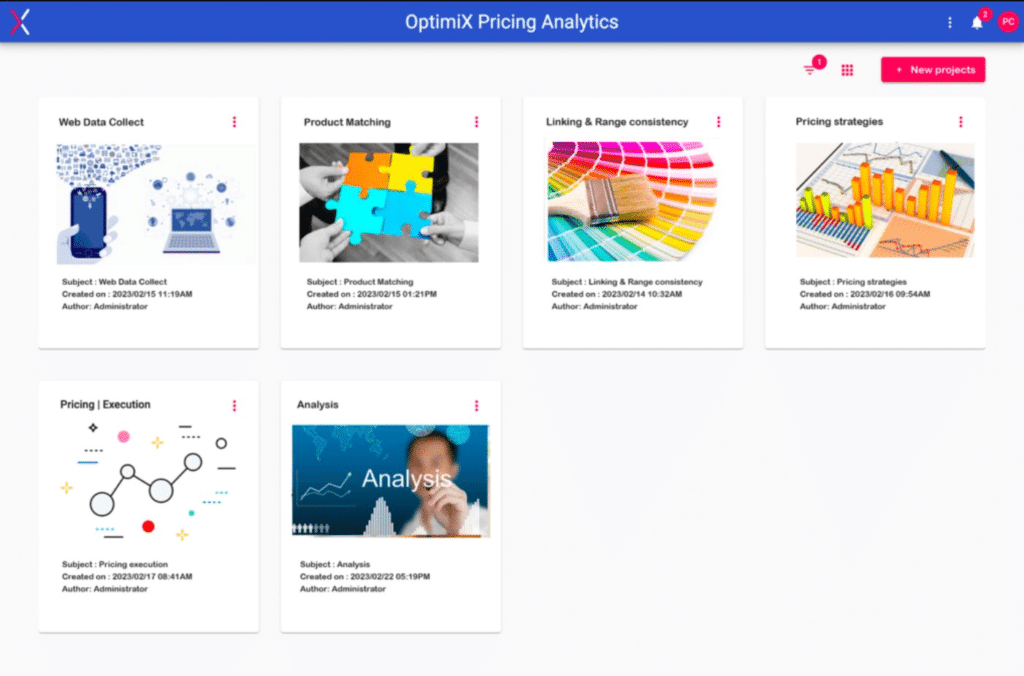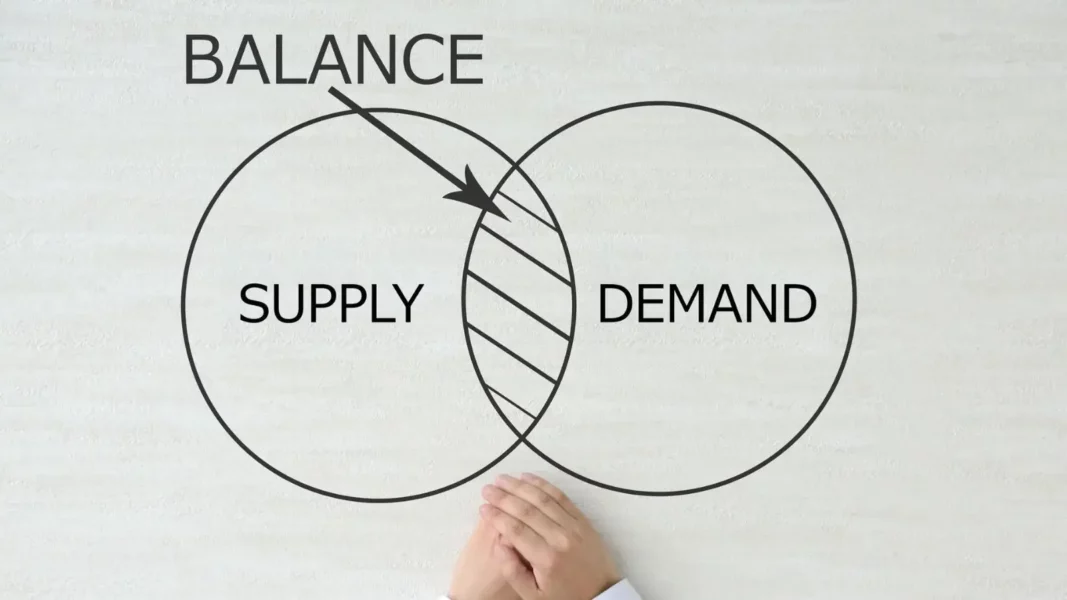Introduction
Implement a pricing strategy has the potential to increase your revenues, attract a wider customer base and establish a competitive edge. However, it is essential to approach pricing strategies with a rigorous testing and evaluation process to ensure their effectiveness and avoid potential pitfalls.
To do this, you need to monitor the Key Performance Indicators (KPIs) specific to your sales operations.
These metrics provide companies with valuable information on which strategies are producing results, what needs to be adjusted, and where there are opportunities for improvement in terms of efficiency, profitability and customer satisfaction.
In this article, we’ll look at the top 5 indicators for rigorously testing and evaluating pricing strategies, ensuring that your business not only survives, but thrives.

Pricing strategy & KPI monitoring
Monitoring pricing indicators is an absolute necessity for any retailer wishing to see their business prosper. Here are some of the reasons why these KPIs are so valuable:
Informed decision-making for your pricing strategy
Every decision in the retail world, from inventory management to adjusting pricing strategies, relies on one crucial element: data-driven information. Armed with precise, relevant sales performance data, you benefit from a distinct decision-making advantage.
Imagine a scenario where sales indicators show that a given product is not meeting expectations. Armed with this knowledge, you can make informed decisions about replenishment.
By adjusting the order quantity, you not only save storage space, but also reduce the costs associated with holding stock.. This is a perfect example of how KPIs enable you to make agile, profit-driven decisions.
Ensuring scalability and adaptability
As your business evolves, so must your pricing strategies. Pricing KPIs act like a dynamic compass, guiding you through market fluctuations. By continuously monitoring these indicators, you are ready to adapt quickly to new trends, seize new opportunities and face challenges with confidence.
Whether you’re expanding into new markets, diversifying your product offering or refining your target demographic, pricing KPIs provide the information you need to make these strategic moves with precision. This adaptability is the cornerstone of sustainable growth and long-term success in the retail sector.
Client Satisfaction
Customer satisfaction is the lifeblood of any successful retail business. Pricing KPIs play a key role in creating an experience that resonates with your target audience. By aligning your pricing strategies with customer preferences and expectations, you can offer a smooth and satisfying purchasing experience.
By carefully analyzing KPIs, you can identify pricing models that attract and retain customers. This could involve offering tiered pricing options, bundling complementary products or using promotional pricing to encourage repeat purchases.
The results ? A loyal customer base that’s the foundation of your company’s continued growth.

Key KPIs for evaluating your pricing strategy
Gross margin
Gross margin, a crucial financial indicator, represents the percentage of profit remaining after subtracting the cost of goods sold (COGS) from a company’s total sales.
It is a powerful tool for assessing operational efficiency and overall profitability, highlighting the funds available to cover essential expenses such as marketing, rent and employee salaries.
Mastering the concept of gross margins is essential to making informed strategic decisions. This knowledge guides decisions concerning pricing strategies, product range optimization, and the implementation of cost-effective measures.
In particular, a high gross margin could indicate that a company has considerable pricing power, enabling it to set premium prices for its products.
Regularly calculating your gross margin and looking for ways to improve it, whether by reducing direct costs or adjusting unit prices, can be decisive in ensuring your company’s long-term profitability. This proactive approach guarantees financial solidity that lasts over time.
Élasticité-prix de la demande
Understanding price elasticity of your products is an essential element in assessing customer reactions to price changes. Armed with this knowledge, your pricing strategy can be adapted to maximize profits through two distinct approaches.
In the case of products with elasticity, the strategy is to reduce prices to stimulate an increase in sales volume. This strategy not only strengthens your market position, but also enhances the perceived value of your offering.
At the opposite, when dealing with inelastic products, a move towards higher prices can be adopted to increase profit margins, while having minimal influence on the quantity of units sold. This approach prioritizes revenue maximization and protects the product’s presence on the market.

Competitor price comparison
Competitive Pricing Analysis provides an in-depth market analysis, showing how your rivals’ prices compare to yours. A solid analysis should include aspects such as competitive context, product, target audience, market demand and current market dynamics.
Recent studies show that an impressive 90%+ of consumers compare offers from several vendors, with the aim of getting the best deal. Retailers capable of exploiting and deciphering market information, measuring up to their competitors and offering optimal prices are often the ones who succeed in attracting this demanding clientele.
Competitive pricing isn’t just a tactic, it’s a strategy that enables companies to attract more customers. by adjusting their prices according to competitors’ offers and data. Competent price analysis can significantly boost sales, strengthen supplier relationships and catalyze revenue growth.
Average Selling Price (ASP)
Average Selling Price (ASP)provides an overview of the average price at which a product is sold over a given period. By monitoring the PVM, retailers can a clear view of their products’ price position on the market.
If VM decreases, this may indicate an increase in discounts or a tendency to sell cheaper items. While this may boost sales volume in the short term, it could harm profitability in the long term.
At the opposite, a rising PVM could indicate that a ratailer is succeeding in selling products at a higher price or reducing discounts. However, if sales volume declines at the same time as PVM rises, this could suggest that prices are too high and are deterring potential customers.
Thus, monitoring PVM in conjunction with other key performance indicators provides valuable information on the balance between product price, sales volume and overall sales.
Sales volume
Sales volume represents the total number of units sold over a given period, and is a direct indicator of consumer demand and the overall attractiveness of a retailer’s product offering in relation to its pricing strategy.
A solid pricing strategy should ideally lead to an increase in sales volume. However, a sudden increase in volume can also indicate sharp reductions, which can squeeze profit margins. Conversely, a drop in sales volume could mean that products are too expensive or that market demand is declining.
By analyzing sales volume in parallel with the average selling price (ASP), retailers can assess whether pricing adjustments are necessary. For example, if sales volume stagnates despite a drop in PVM, it might be wise to consider other factors, such as product quality, market saturation or external economic conditions.

Software for efficient KPI monitoring
In the dynamic world of pricing, precision and rapid decision-making are essential. This is where specialized pricing software and tools come into play, forming the backbone of successful pricing strategies.
Our pricing solution, XPA, not only enables the implementation of refined, targeted strategies based on price elasticity, competition and gross margin, but also stands out for its ability to fully exploit the power of available data.
XPA software uses sophisticated algorithms, including the “best fit” model. This ensures that prices are not simply fixed, but optimized. By integrating historical data, monitoring market trends and taking product costs into account, it offers a complete overview.
The end result: informed decisions that propel companies towards maximizing revenues, reducing price differentials and optimizing profit margins.
Conclusion
Pricing is a dynamic mix of market analysis, data analysis and intuition. For retailers, mastering this dual aspect is essential, not only for short-term gains, but also to lay the foundations for lasting commercial success.
Effective pricing is more than just finding the optimum price point. It’s all about creating memorable customer experiences, building brand awareness and paving the way for business growth. Armed with the right knowledge and the best tools, the vast world of pricing becomes an accessible and promising horizon.
Remember, your pricing strategy is more than just a tool: it’s a dialogue with your customers. Make sure you’re sending the right message.







